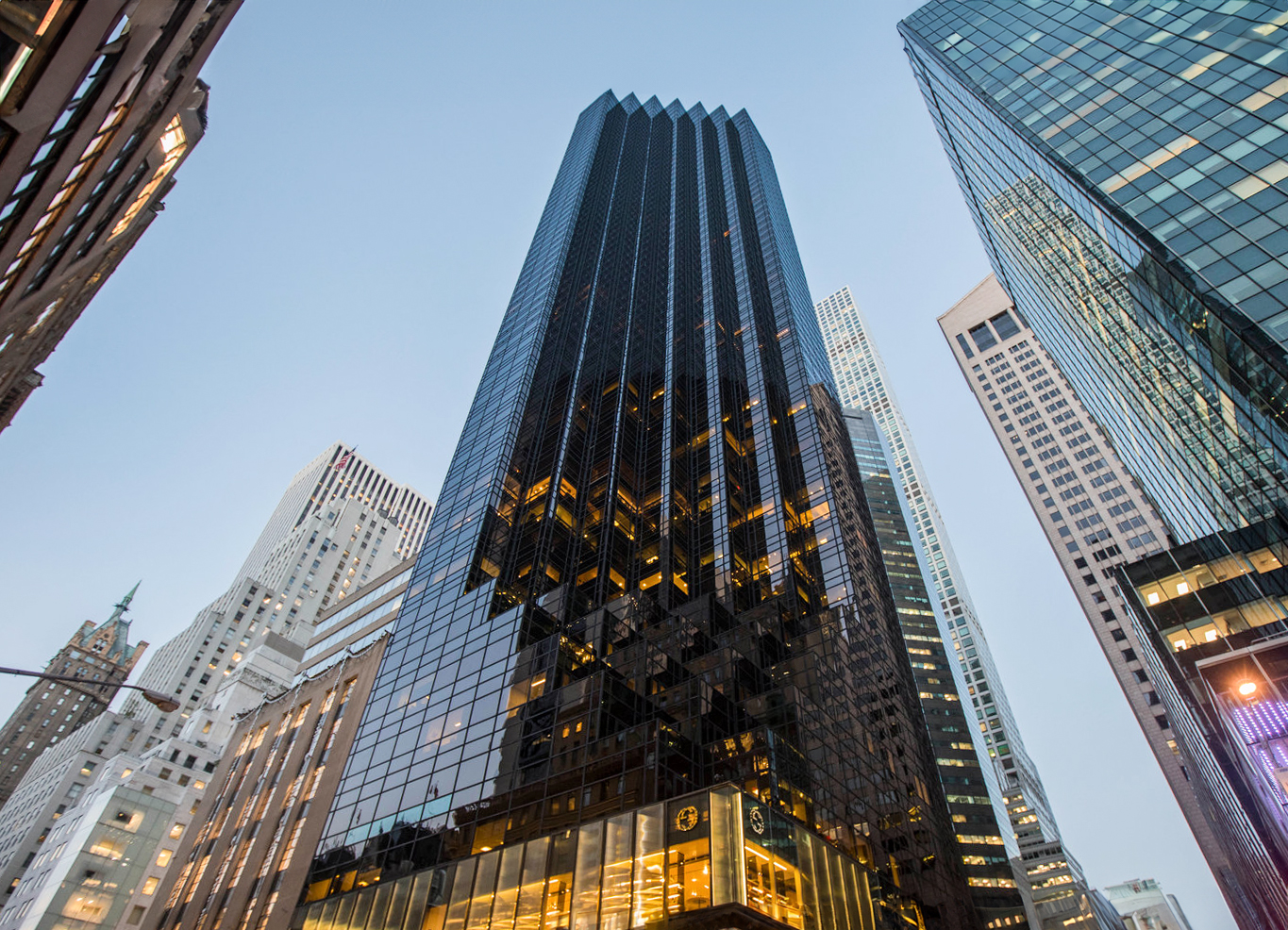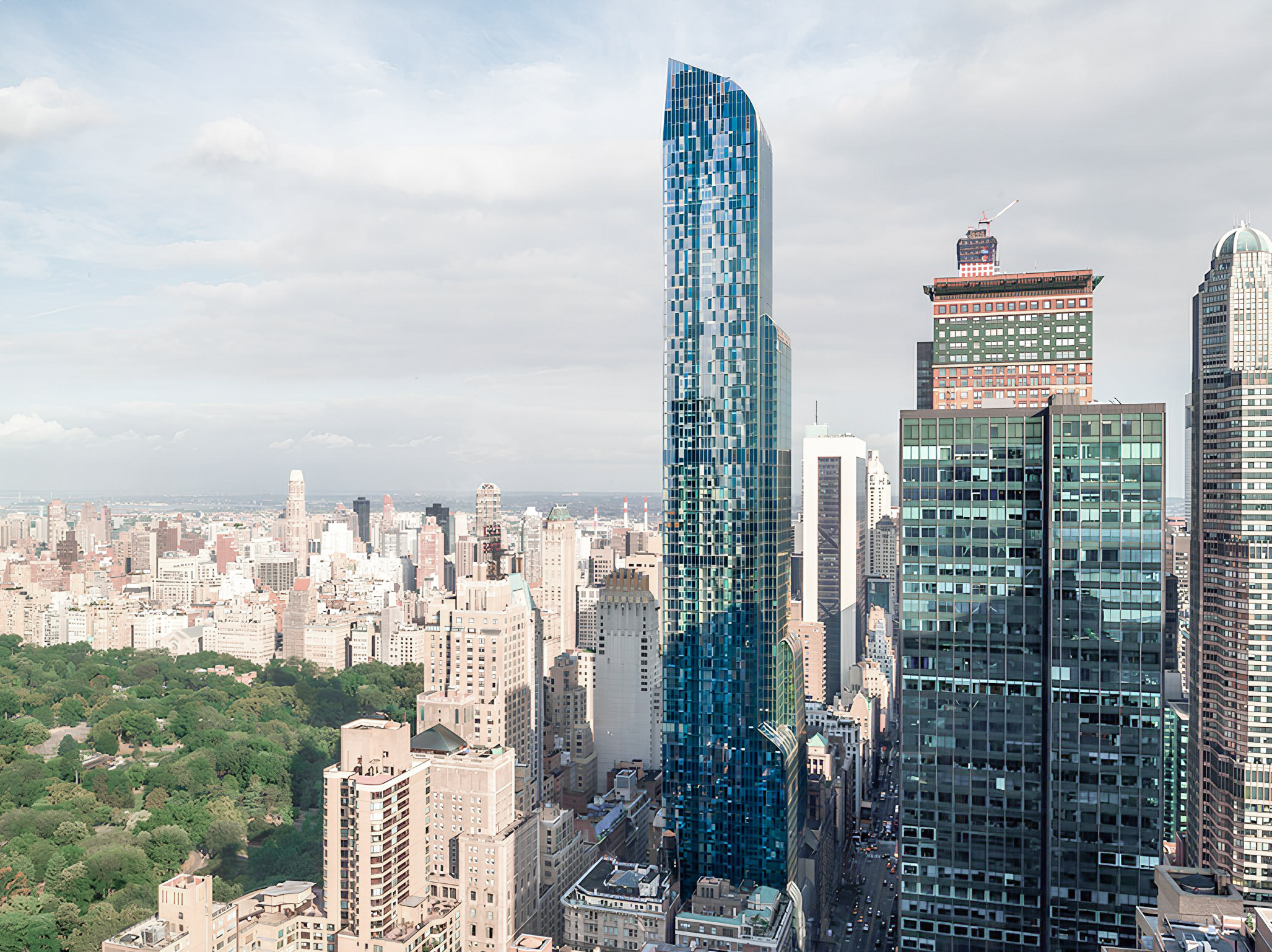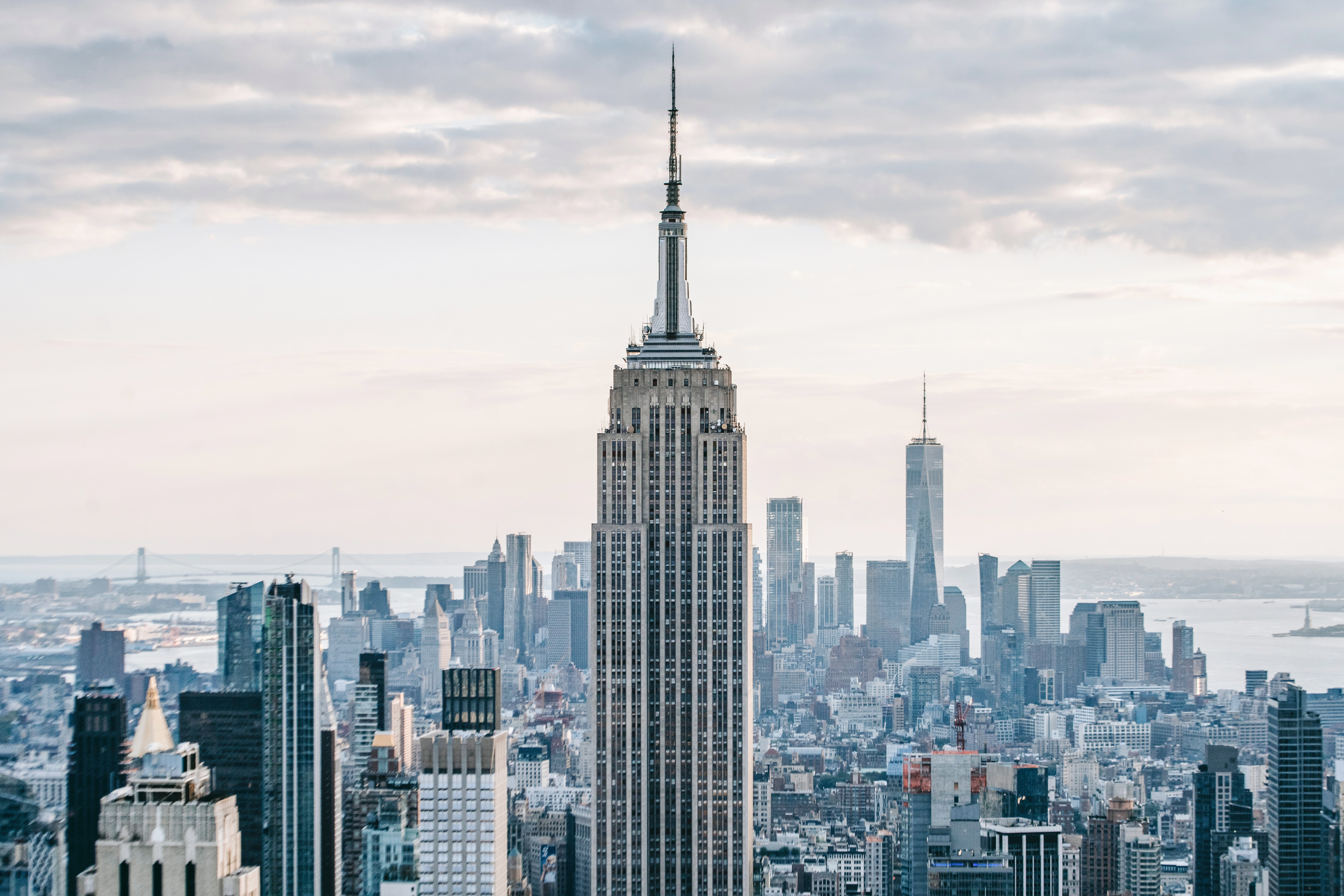Phantom Floors and the Illusion of Altitude in American Skyscrapers

Some argue that vertical growth is simply a means to an end, a way to increase urban density so that we can all share more contained and robust infrastructures. That might be true, yet vertical growth in American cities is about more than just fitting more people into less space.
Architects and engineers measure building height in feet, but the average person measures them in floors, so at the end of the day, it’s the number on the elevator panel that matters
As America’s skyscrapers climbed higher, developers realized that height is not merely a matter of engineering and construction. In the urban psyche, higher floors embody prestige, whispering promises of status and success. Where architects and engineers measure building height in feet and floor area in square footage, the average occupant measures them in the abstract units of floors and rooms. A three-bedroom apartment is automatically seen as “larger” than a two-bedroom one, even if both share the same square footage—and the same holds true for vertical measurement: a 60th-floor residence feels more desirable than a 50th-floor one, even if both are equally distant from the street in terms of actual elevation.
It’s understandable. When you announce your office address or invite friends over for a dinner party, you say you live on the 60th floor, not that you live 700 feet above the ground. At the end of the day, it’s the number on the elevator panel that matters.
Once developers grasped this quirk of human psychology, they seized the opportunity. Phantom floors—where certain floor numbers vanish from the sequence, artificially inflating the count—became their tool of choice. By “losing” a few floor numbers here and there, they bend reality in their favor. In the rarefied market of luxury towers, this subtle trick can translate into millions of dollars.
Trump Tower in NYC skips floors 6 to 12 altogether, magically gaining six floors on the elevator panel
Trump Tower in New York City stands as a landmark example of this practice, and arguably one of the first to thrust the issue into the public’s awareness—though, judging by the high prices its apartments commanded, buyers didn’t seem to mind. Completed in 1983 on Fifth Avenue, its 58-story silhouette sheathed in bronze-tinted glass is impossible to miss. Step inside, however, and you’ll find that floors 6 through 12 have vanished. The sequence leaps from 5 directly to 14, inflating the total number of “floors” and magnifying the perceived status of its lofty residences. On paper, the tower appears far taller than it really is.
This was no oversight. Developers know that buyers aren’t just paying for square footage; they’re investing in a narrative. A higher floor number suggests better views, quieter living, and an escape from the city’s clamor. In a place where elevation is equated with exclusivity, the illusion of height can add immeasurable value—even if that added height only exists on paper.
Of course, Trump Tower was not the last development to employ this subtle ruse. In New York’s intense real estate ecosystem, such techniques are relatively common.
Buyers who think they’re purchasing an apartment on, say, the “90th floor” are actually closer to what would traditionally be considered the 75th
For instance, One57, the luxury residential skyscraper on Manhattan’s Billionaires’ Row, stands approximately 1,005 feet tall and has about 75 physical floors. Yet many of its upper units are marketed at floor levels well into the 80s and even the 90s. By creatively skipping certain floor numbers—and sometimes starting residential floor counts higher to begin with—the developers created a numerical climb that outpaces the building’s actual vertical rise. In effect, buyers who think they’re purchasing an apartment on, say, the “90th floor” are actually closer to what would traditionally be considered the 75th.
Central Park Tower, the tallest residential building in the United States, is even more aggressive in its approach. Officially rising to a height of 1,550 feet, it physically contains around 98 actual floors. However, the top-floor listings present themselves as occupying floor numbers in the 130s. By omitting entire sequences of floor numbers and employing a non-linear numbering scheme, the building’s marketing enhances the psychological impact of elevation. A purchaser on a “130-something” floor is in reality no higher than someone on what might conventionally be counted as the 98th floor, but the mystique of an elevated floor label helps justify astronomical price tags.
In each case, a few invisible, “vanished” floors can translate into a very tangible advantage, reinforcing the allure that height—and the perception of it—still wields in America’s most competitive real estate markets.
Cultural Taboos and Invisible Thirteenths
This manipulation of numbers isn’t always about ambition, or at least that wasn’t always the case. Originally skipping floors was about superstition. For generations, buildings across the United States have quietly omitted the 13th floor from their directories, re-labeling it as the 14th. This tradition, rooted in old-world anxieties about the number 13, persists even in modern skyscrapers and luxury hotels.
Take the Empire State Building, one of the most–if not the most–iconic skyscrapers in American architecture and once the tallest building on Earth. Completed in 1931, it was a marvel of engineering and style. Yet even in that era of bold innovation, the designers deferred to folklore and fear: there is no labeled 13th floor in the Empire State Building. Instead, the numbering glides gently over the gap, as though acknowledging that even the greatest monuments must sometimes bow to human foibles.
Here, the intent is not to inflate value but to calm nerves. Superstition, it seems, can shape our cities as firmly as economics. Skyscrapers stand as testaments to reason and progress, but they remain inhabited by people, each carrying centuries of myth and belief.
For generations, buildings across the United States have quietly omitted the 13th. This tradition, rooted in old-world anxieties about the number 13
The idea that skyscrapers might manipulate our perception through numbering and hidden floors is emblematic of a broader truth: buildings are not neutral. They carry social, cultural, and psychological weight. In America’s great cities, where the skyline is both a monument and a marketplace, architecture responds to the subtle demands of human longing.
For the buyer seeking a penthouse labeled as being on the 80th floor (even if it’s really the 70th in physical terms), the building becomes more than metal and glass. It becomes a ladder to a higher social stratum, a promise that within its walls, life will be finer, rarer, and more serene. Developers understand this, and so they cater to the desire by tweaking details that, though small, can feel monumental.
This interplay between fact and fiction raises questions about authenticity and ethics. Is it deceptive to skip floors and inflate heights? Critics argue it misleads buyers and distorts the real estate market, pushing prices ever higher. Defenders, on the other hand, point out that no one is truly harmed if a floor is numbered 20 instead of 13. In a world full of marketing tactics, what’s the harm in a little vertical storytelling?
Beyond Manhattan: A Widespread Phenomenon
The practice of conjuring phantom floors is by no means confined to Manhattan’s billion-dollar balconies. Across the country, developers have recognized that a carefully orchestrated floor count can influence how their buildings are perceived—especially when appealing to buyers guided as much by symbols and superstition as by square footage.
In Las Vegas, where spectacle and illusion are cultural currency, the practice thrives. Take the Wynn Las Vegas resort: like many upscale properties on the Strip, it omits the 13th floor, catering to Western superstition, but in a globalized world where inclusivity is important, it seems only natural to also consider the superstition of other cultures, so it also forgoes floor numbers containing the digit “4,” which is considered unlucky in several East Asian cultures. As a result, the hotel’s numbering scheme can jump abruptly, allowing what’s labeled as the “50th floor” to actually be the 45th or even lower.
Numbers endin gin 4 are considered unlucky in Eastern cultures, so many buildings also choose to skip them to attract a more international clientele
A similar strategy is evident at The Palazzo, also part of the Venetian Resort in Las Vegas. By omitting certain floor numbers, including those deemed inauspicious, developers create a tower that seems to climb higher than its tape-measured elevation would suggest. A suite advertised as perched on the “45th” or “50th” floor may, in a more conventional scheme, be only 42 or 43 floors up. The difference may seem slight, but in a market defined by image and perception, each ghosted floor number adds psychological altitude.
The phenomenon extends to other markets as well. In Honolulu, where luxury condos rise along the Waikiki shoreline, some high-end developments remove not only the 13th floor but also any floor numbers that might unsettle buyers from overseas. Floors containing “4”—synonymous with bad luck in parts of Asia—are conspicuously absent. As a result, what is labeled the “50th floor” might, in truth, be closer to a conventional 46th or 47th.
In these locales, the math of altitude goes beyond engineering. Builders, cognizant of their buyers’ perceptions, preferences, and superstitions, skip numeric rungs on the vertical ladder. The end result is a building that not only rises physically, but also ascends psychologically in the market’s imagination.
The Future of Floors and Transparency
As architecture evolves, so too might our attitudes toward phantom floors. In an era increasingly concerned with transparency and authenticity, will the use of illusions become less acceptable? Or will these techniques simply become more sophisticated, woven so seamlessly into a building’s DNA that we no longer notice the trick at all?
The earliest builders stretched iron and steel upward, convincing the world that the sky could be claimed. Today’s developers are doing much the same, only on a subtler plane—one of floor plans, numbering, and psychological enchantment.
Buildings not only rise physically, they also rise psychologically, and in that reality is where phantom floors exist
In the end, skyscrapers stand not just as feats of engineering, but as monuments to our collective dreams. The story of phantom floors reveals an interplay between architect, developer, and dweller. Numbers on an elevator panel become a kind of code, signaling exclusivity, status, and desire. A missing 13th floor nods to ancient fears, while a conjured 90th floor promises a rarified lifestyle, even if all the math doesn’t quite add up.
These buildings, for all their illusions, still deliver what many seek: a commanding perch above the chaos, a sense of escape and arrival. Understanding the irrationality behind phantom floors is a gentle reminder that architecture is not only about load-bearing walls and wind bracing, but also about conjuring new worlds inside our minds.
What do we learn from these illusions? Perhaps that our relationship with the built environment is never purely rational. We bring to these structures our hopes and anxieties, our superstitions and ambitions. We crave authenticity, but we are also seduced by the dream of rising higher than anyone before us. In that tension lies the strange magic of phantom floors—floors we can’t quite stand on, but which lift us, nonetheless, into the realm of possibility.
About the author
Founder of WikiArquitectura.com. Over the past 20 years I've explored and documented architectural marvels around the world. With visits to over 300 significant buildings in 25 countries, I combine first hand experience with in-depth study to share insights into global architectural practices.



